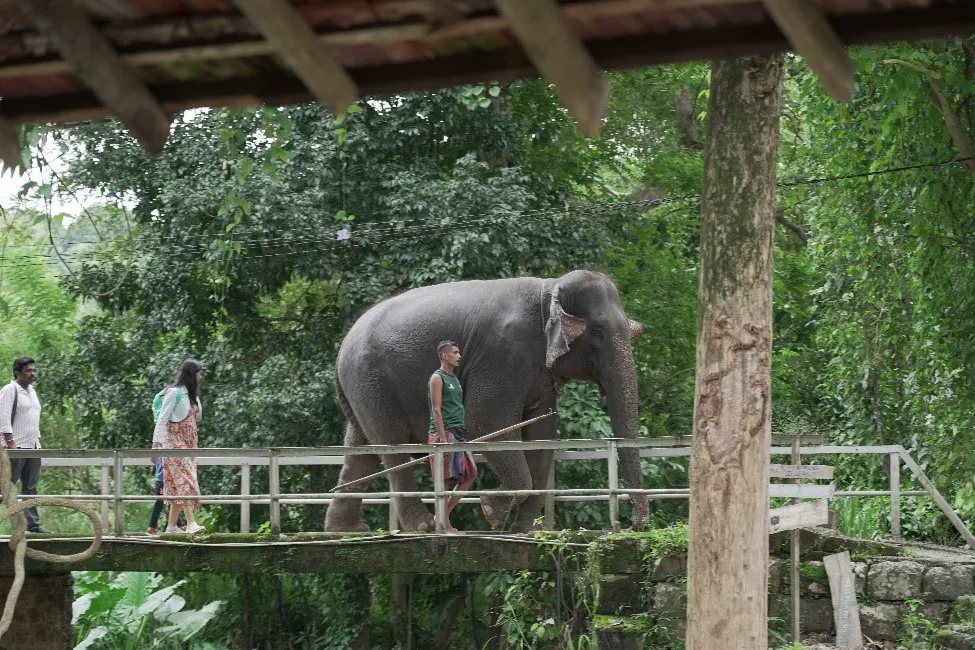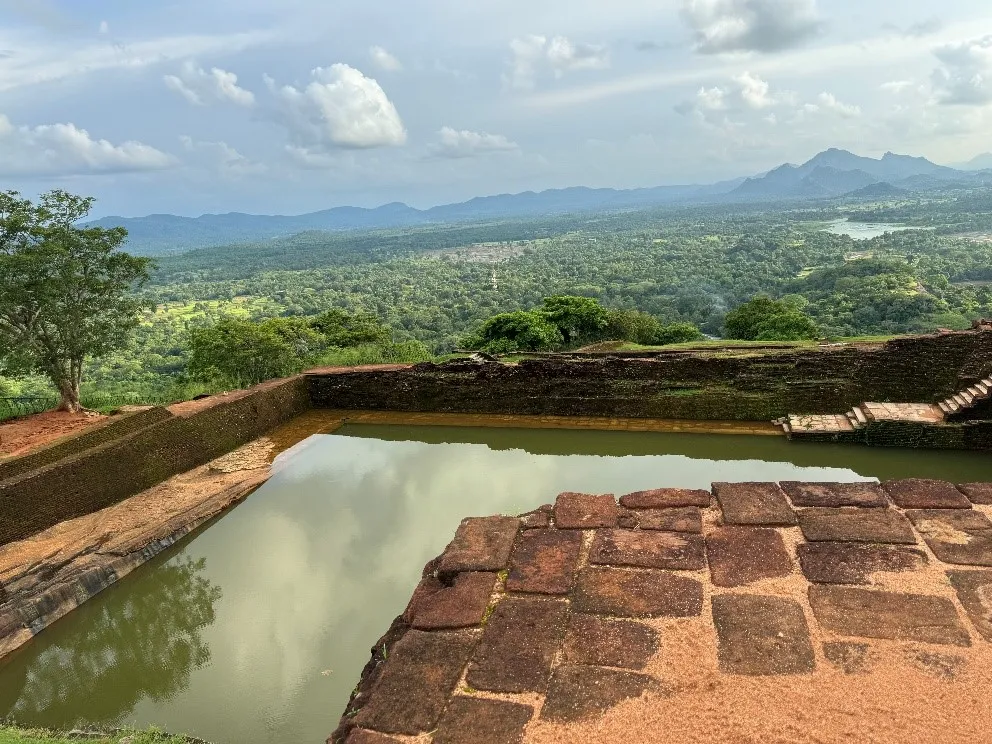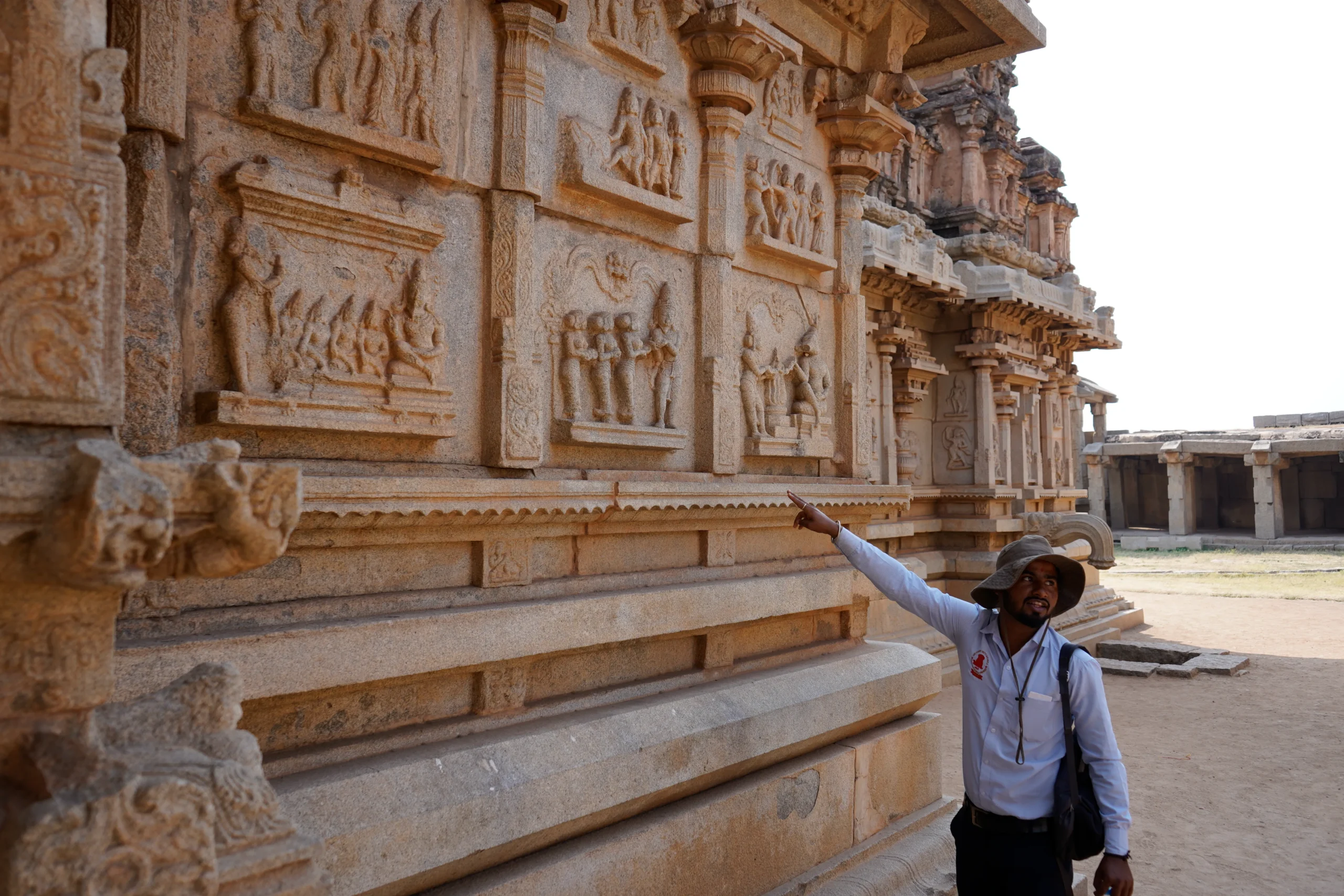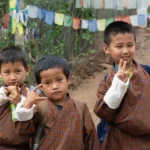Bhutan On Foot: Taktsang – A Hike To Harmony
Lorem Ipsum is simply dummy text of the printing and typesetting industry. Lorem Ipsum has been the industry’s standard
Ritu@2017
Now here’s what is interesting – Monasteries all over Bhutan are not just these gargantuan structures built with solid stone, they are also located in some of the toughest terrains you could imagine. Or cannot imagine.
Cannot imagine, how a solid stone monastery was built on the edge of a cliff, 900 meters (3000 feet) above the valley (that is 7000 feet above sea level) way back in the 8th century.
Legend says that the Guru who built it landed on the spot on the back of a Tigress, who “flew” to the spot. When you see the monastery, you are compelled to “believe” the legend.
Because there is NO WAY in the world a building could have been constructed, in that era, without machines, on that height, amidst harsh terrain and harsher weather, without divine intervention.
That’s Taktsang for you. Taktsang, the most revered monastery in Bhutan also known as the “Tiger’s Nest”.
Most tourists are told that a trip to Bhutan is incomplete without a hike to the Taktsang, which is the ultimate pilgrimage for any Bhutanese. We decided to do the ‘touristy’ thing and found ourselves planning the hike to Taktsang upon our arrival in Paro.
It was a wonderful morning, bright and cool and after a heavy breakfast of Aloo Parathas at John’s aunt’s restaurant, we set forth to the base of the hike by car. We began the climb through a pine forest – picturesque and serene, surrounded by rhododendrons. The first leg of the climb was not very steep, and as we climbed up it wasn’t the incline that caused trouble. It was the altitude, which made it tough to continue climbing without a break, as the heat of the Sun also played havoc with our optimism.
Halfway through, we reached a café where we used the restrooms (clean, but basic) and took some photographs of the monastery. From that vantage point, the climb to the monastery looked intimidating and virtually un-scalable since we could neither see the hike path nor the entrance to the monastery. All we could see was the building perched on the edge of a menacing cliff!
Although we were ravenous when we reached this café, unfortunately we were late for the buffet lunch they offer and had to content ourselves with exorbitantly priced water.
Soon we were on our way looking forward to reaching the monastery that we’d just glimpsed, wondering how we would eventually approach it.
From the cafe, the climb became steep and even dangerous at some points. As we took frequent breaks to rest our limbs, we did wonder if we’d ever make it, especially when we were told that the “tough” part of the hike – a series of stairs – still remained to be encountered.
But, egged on by John who assured us that the mighty Taktsang was worth every drop of sweat and aching muscles (his were aching too), we continued to climb.
When we, parched by the heat, and panting due to the altitude reached the famed “stairs” we were taken aback. The route to the monastery was downhill, and very very steep. We saw climbers amble upwards on the stairs, flushed with heat, the effort writ large on their faces. For a moment or two we lost hope. It was the thought of climbing back all the way up the same steep stairs that gave us the jitters. But after resting for a few minutes, we decided that it made no sense to back off from this point. We climbed down towards the monastery.
Near the famous Shelkar Zar, the holy waterfall, a few steps before the entrance of the monastery we strung a prayer flag, one amongst the hundreds that danced in the breeze. For some reason, as we whispered our silent prayers, that moment was intensely emotional, making us believe that we had been ‘destined’ to visit this holy temple.
After a thorough security check, we walked into the monastery. It was bitterly cold, since the wind had picked up and the Sun had disappeared but the monastery itself left us awe struck.
The construction or architecture is neither spectacular nor unique. Almost all monasteries in this Buddhist nation have similar architecture. But the sheer size of the structure and the idols, the serenity and the tranquility inside the temples, the lingering scent of incense sticks, the rhythmic murmuring of prayers by monks, the paintings on the walls and ceilings that revealed stories of great legends – left us mesmerised. The environ felt pure and so sacred that we could not help but bow our heads and offer our obeisance.
The famed “Tiger’s Nest”, the cave where Guru Rinpoche meditated is not accessible to visitors, given its location. You can however get down a steep narrow gap that leads to the cave, but all you will see is the edge of the cliff and beyond that, nothing.
We would have liked to take photographs inside the monastery but were not allowed to carry either cameras or mobile phones. We consoled ourselves with the thought that even if we had, nothing could’ve possibly captured the harmony of this legendary temple.
After a quick tour, we began our descent and braced ourselves to climb up the steep set of stairs. It was humongous effort no doubt, but eventually after an hour and forty-five minutes, we reached the base, tired but fulfilled by the pilgrimage.




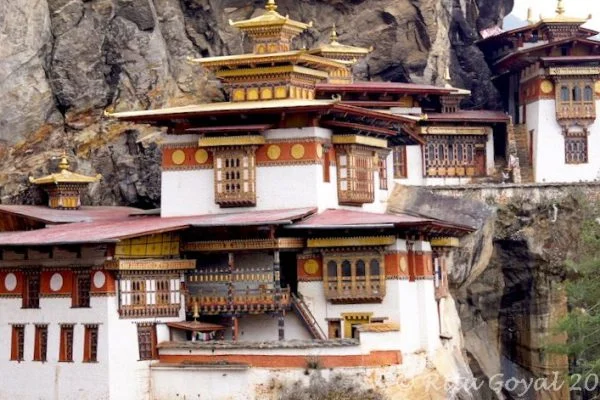

Author Details


